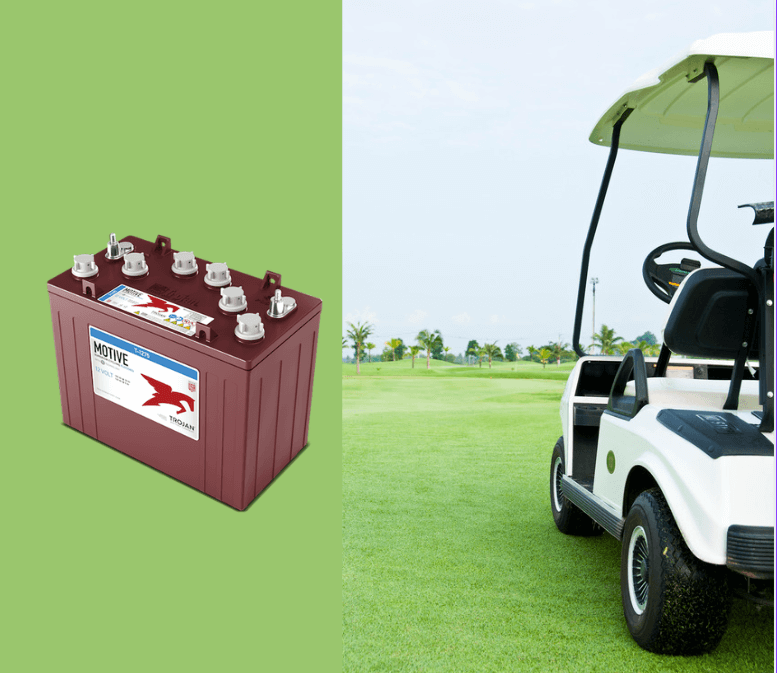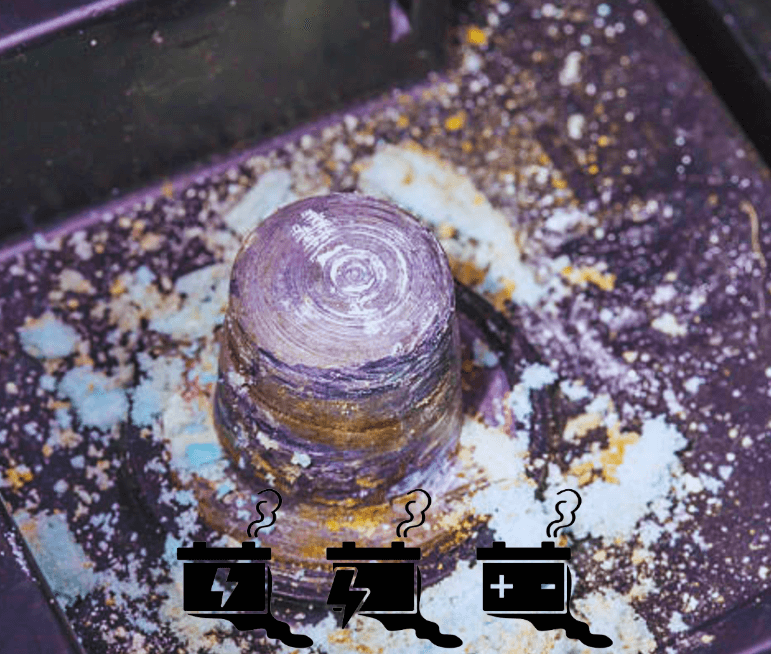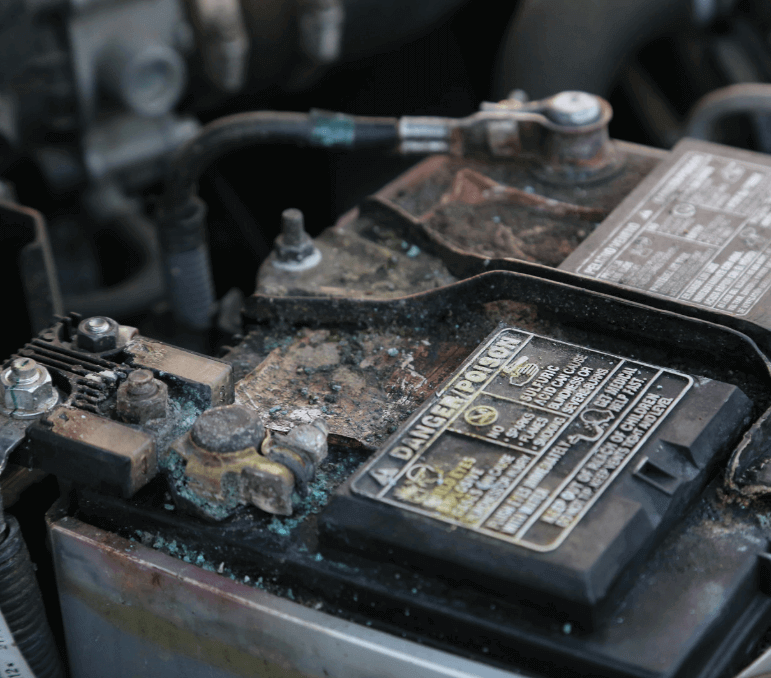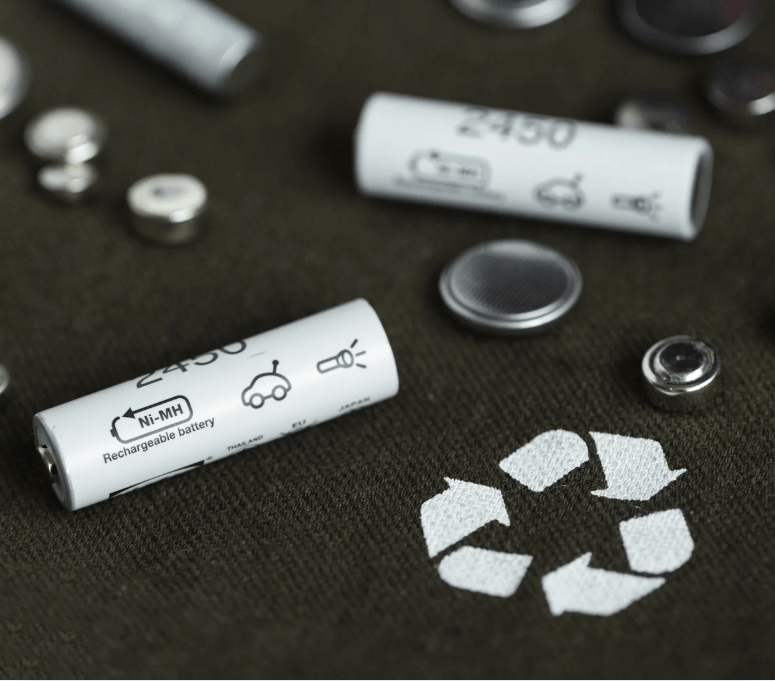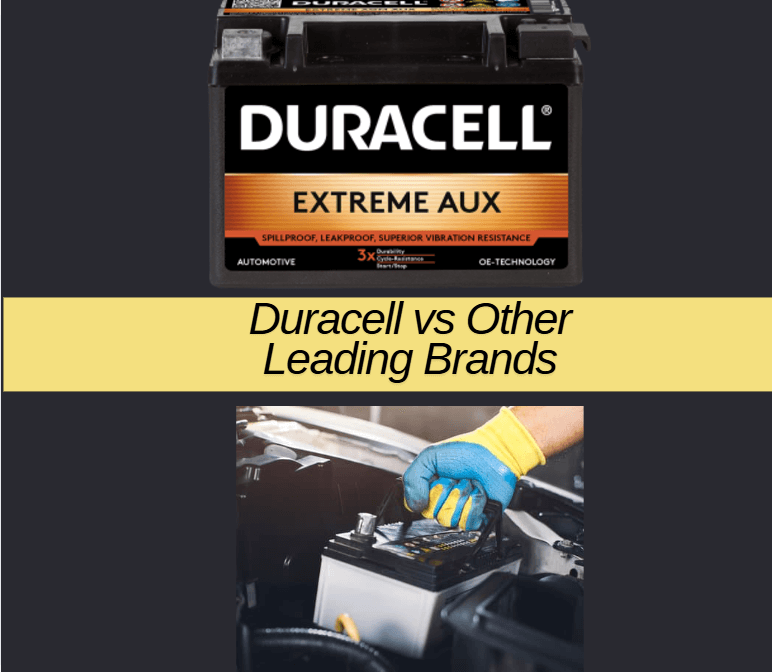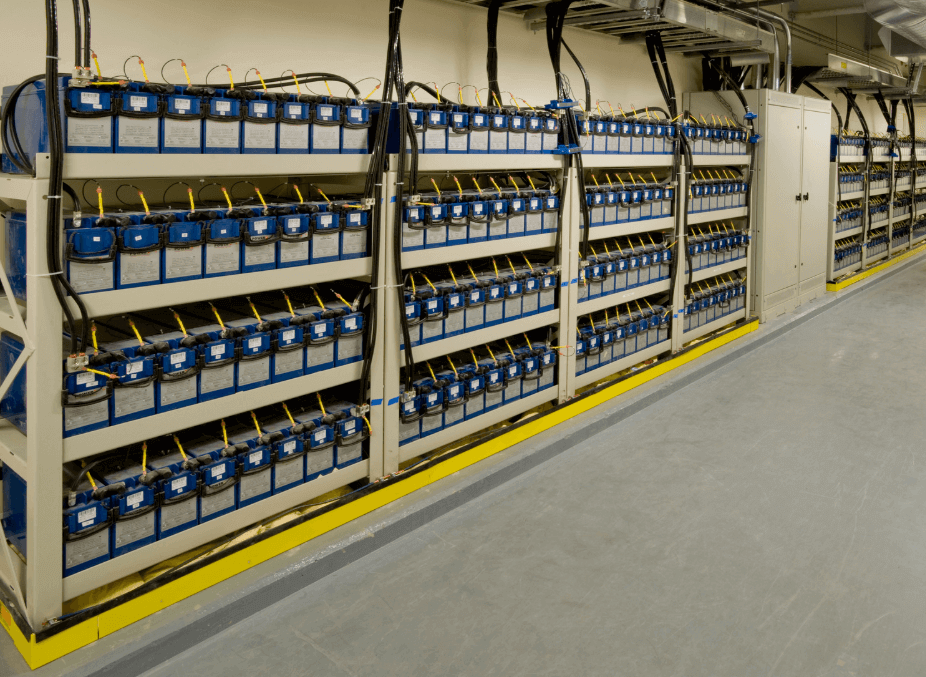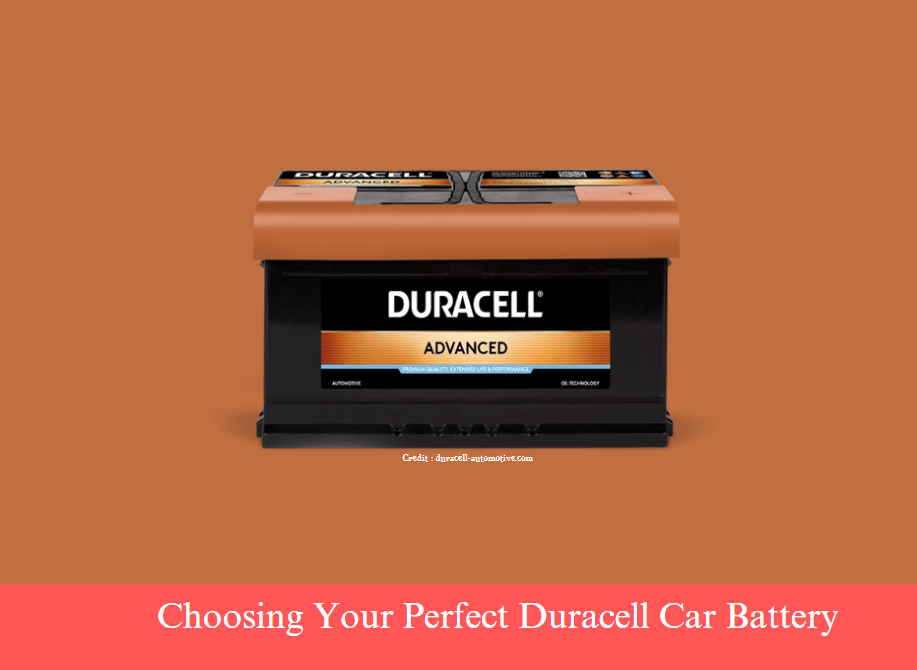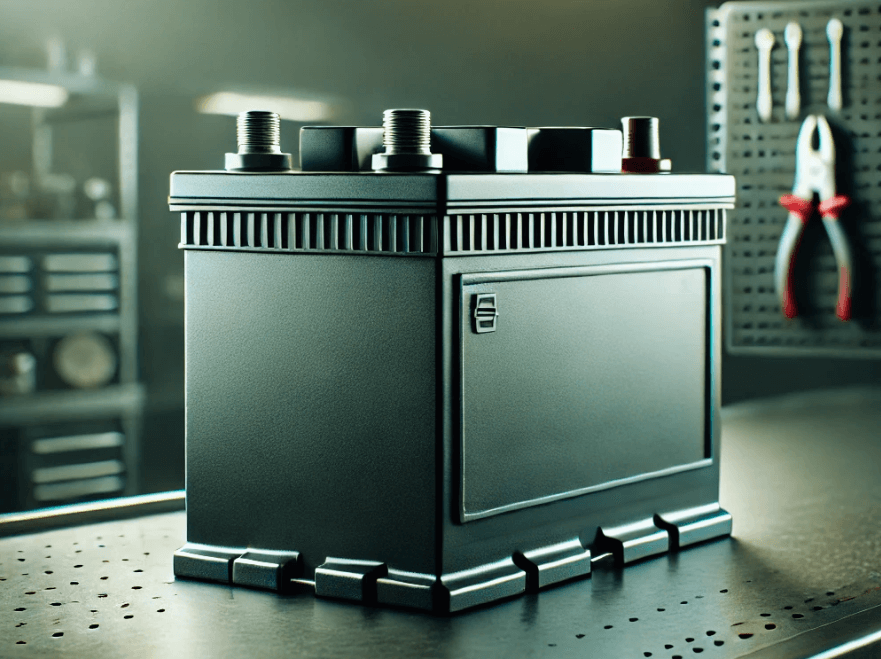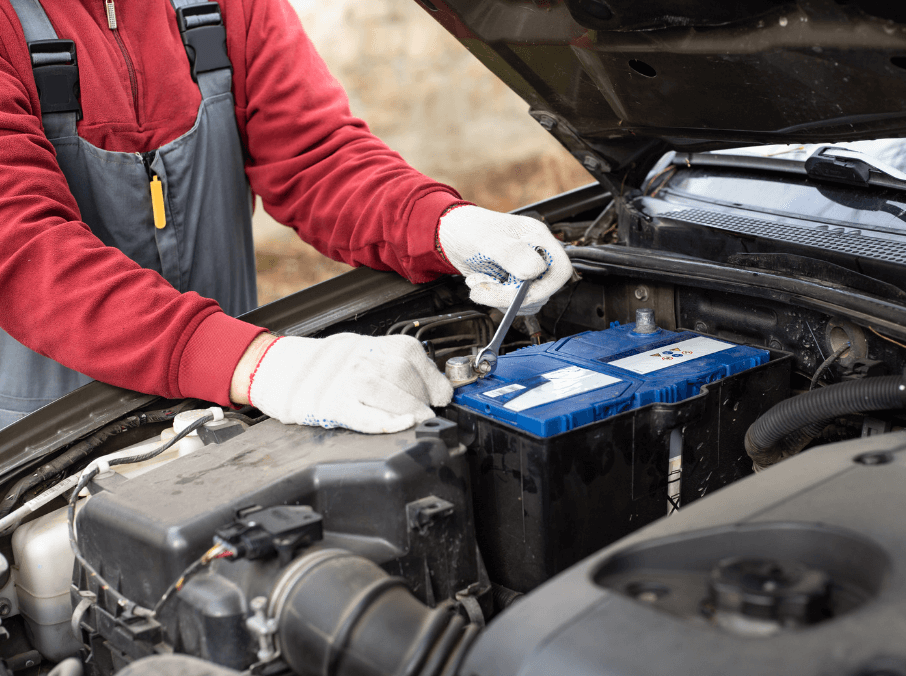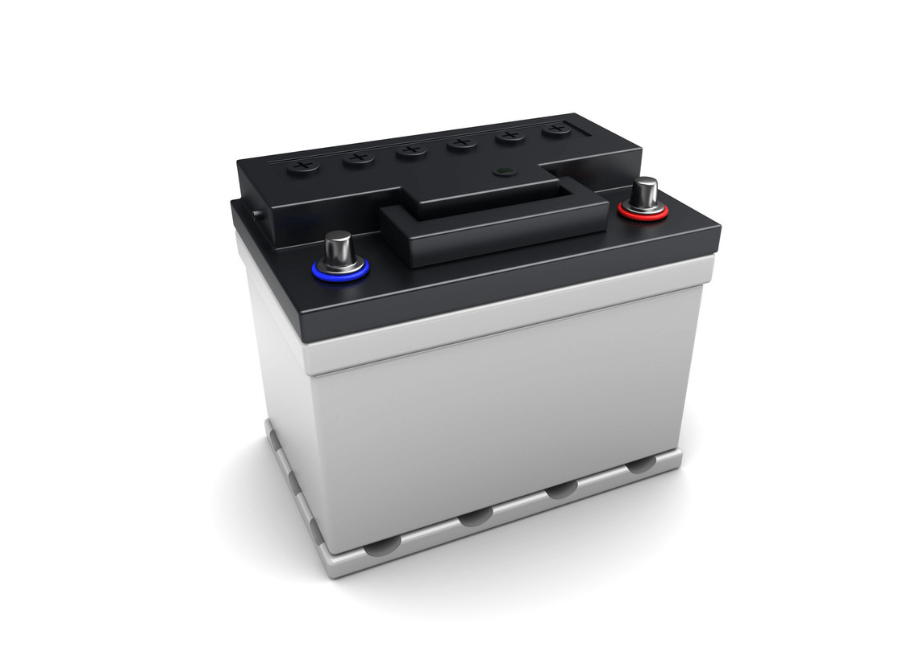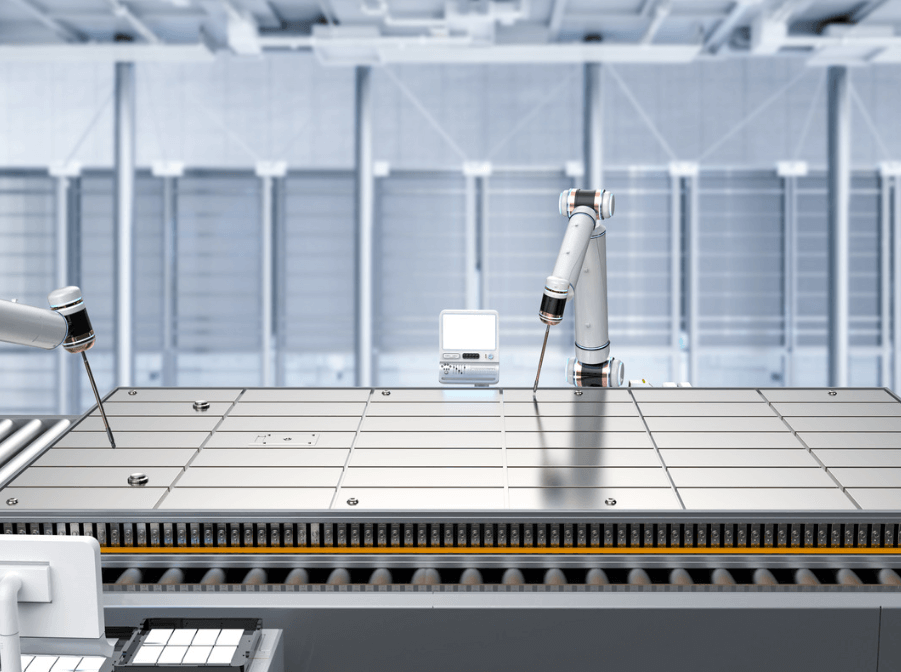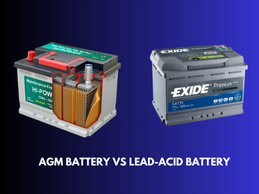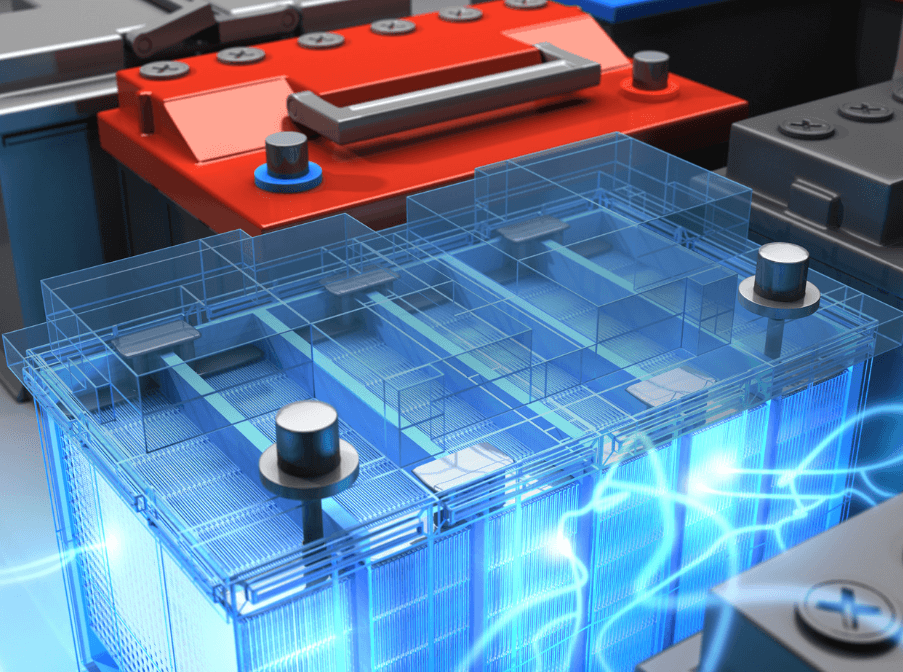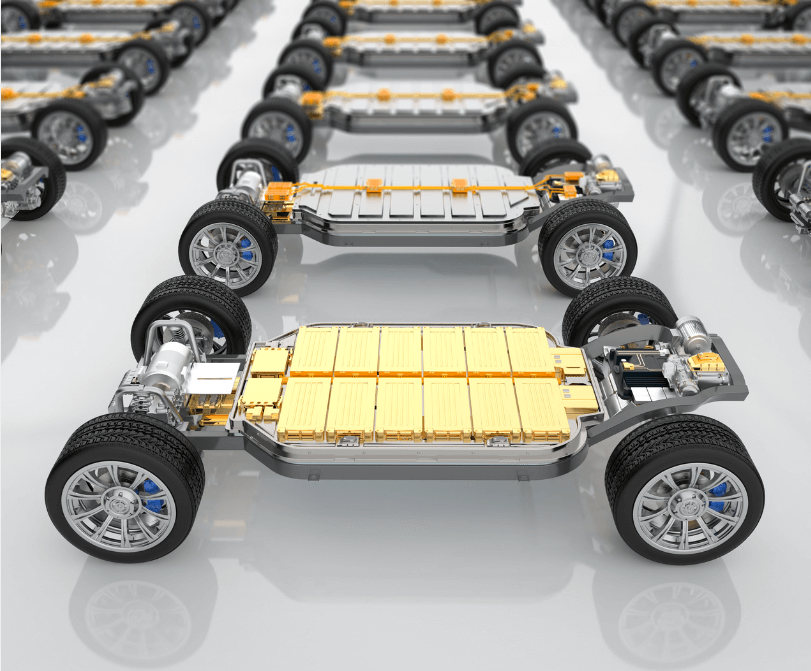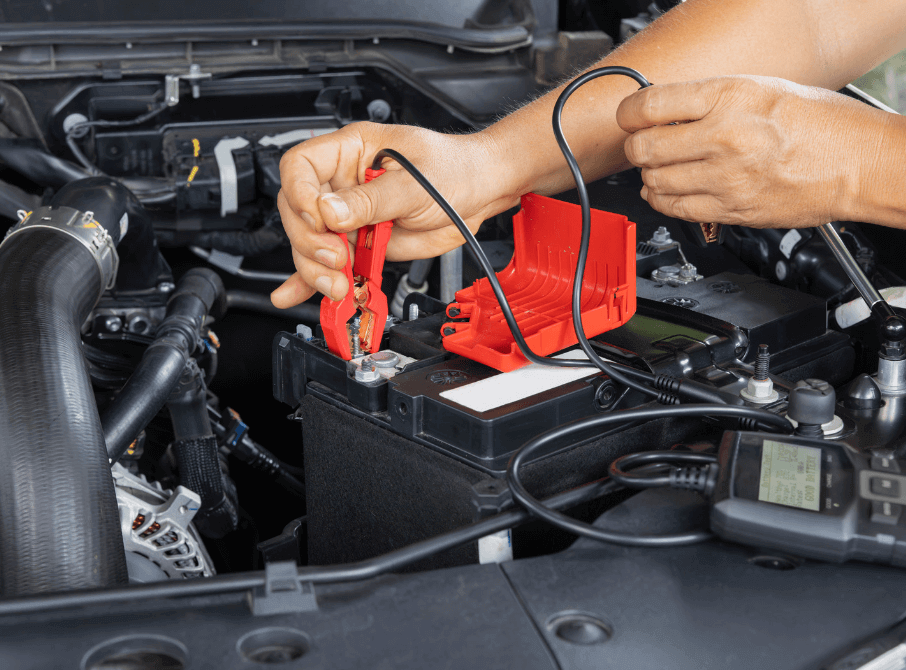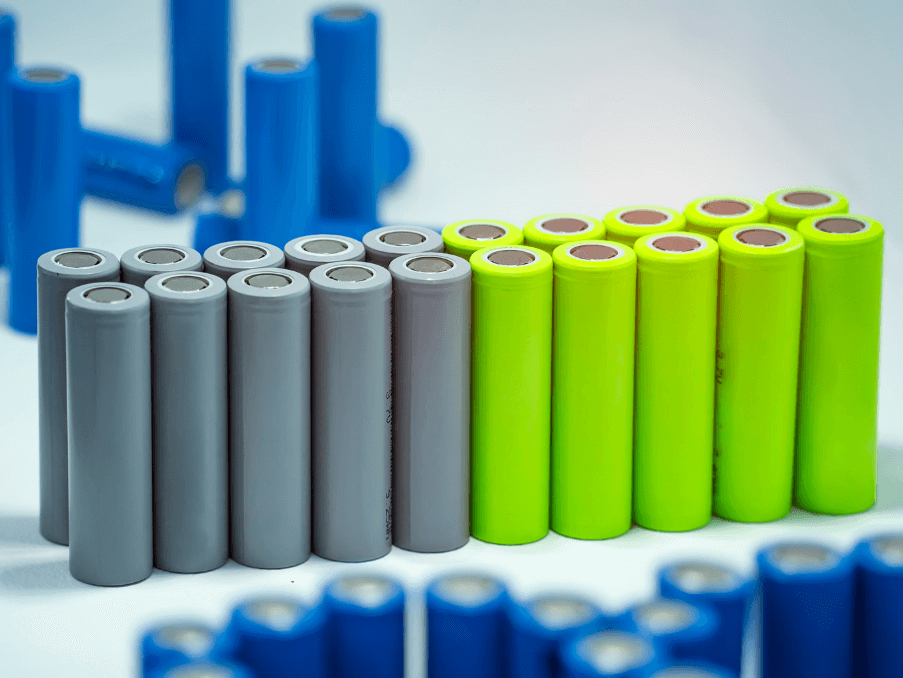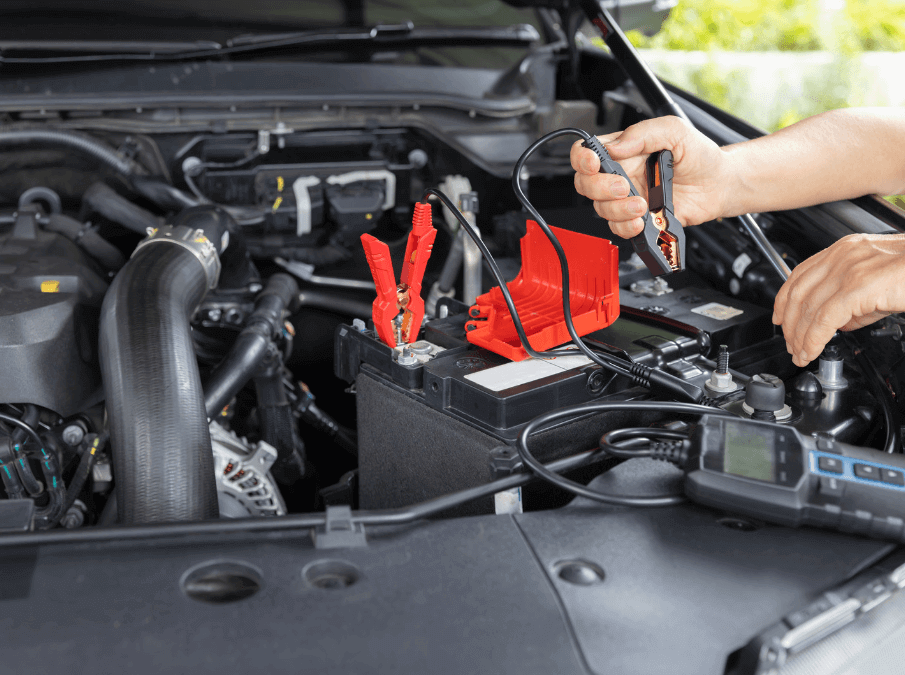
Absorbed Glass Mat (AGM) batteries are one of the most popular sealed lead-acid batteries in use today. They offer a combination of high performance, durability and versatility, making them ideal for a wide range of applications including automotive, marine, solar energy systems and backup power solutions.
However, to maximize the life and performance of your AGM battery, it is extremely important to charge it properly. Improper charging can cause reduced performance, shortened battery life and even permanent damage. We will now walk you through the process of charging an AGM battery, tips for maintaining its health, and all the common mistakes you may make.
What is an AGM battery?
An AGM (absorbed glass mat) battery is a type of valve-regulated lead-acid (VRLA) battery that uses a fiberglass mat to absorb the battery’s electrolyte. This design prevents the fluid inside the battery from spilling and allows the battery to operate in a variety of positions, making it virtually maintenance-free.
AGM batteries are widely used because they offer higher power, faster charging and better resistance to vibration than conventional flooded batteries. These features make them ideal in situations where reliability, long-lasting performance and minimal maintenance are critical.
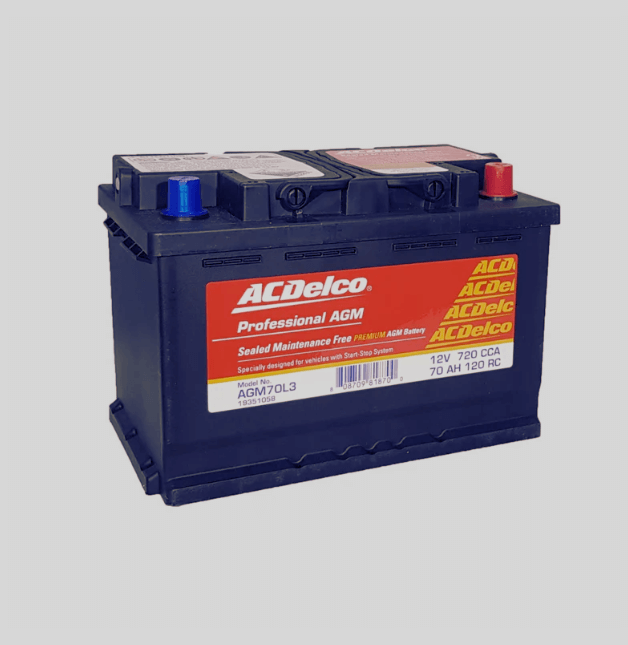
Follow this step-by-step guide to charge an AGM battery
A preparation
Before you start charging your AGM battery, make sure the following preparations are made:
- Check battery condition: Make sure the battery is not physically damaged, leaking, or showing signs of swelling. Do not charge the battery if you notice any of these problems.
- Consult the user manual: Consult the manufacturer’s instructions for any specific instructions on charging the battery.
- Choose the right charger: Use a charger that is compatible with AGM batteries and has the correct voltage and amperage settings.
Connecting the battery
Once you’re ready, follow these steps to connect your AGM battery to the charger:
- Switch off the charger: Make sure the charger is switched off before connecting the battery.
- Connect the cables: Connect the positive cable (usually red) to the positive terminal of the battery and the negative cable (usually black) to the negative terminal.
- Ensure a secure connection: Make sure the terminals are clean and the wires are firmly connected to prevent any loose connections.
Selecting the charging mode
After connecting the battery, it’s time to set the charger to the correct charging mode:
- Select AGM mode: Most smart chargers have a specific mode for AGM batteries. Choose this mode to prevent overcharging.
- Set voltage: For 12V AGM battery, the charging voltage should be between 14.2V and 14.8V. Make sure your charger is set within this range.
- Set amperage: The charging current should not exceed 20% of the battery capacity. For example, if you have a 100Ah battery, the current should not exceed 20A.
Monitor the charging process
It is important to monitor the battery during the charging process to make sure everything is running smoothly:
- Check voltage and current levels: Use a multimeter to check voltage and current levels while charging. The voltage should increase gradually, while the current should decrease when the battery reaches full capacity.
- Monitor battery temperature: If the battery gets too hot while charging, stop the process immediately, as overheating can cause permanent damage.
- Look for signs of overcharging: Swelling, excessive heat or a strong smell coming from the battery are signs of overcharging the battery. If you notice any of these, disconnect the battery.
Disconnecting and storing batteries
Once the battery is fully charged, follow these steps:
- Switch off the charger: Always switch off the charger before disconnecting the cables.
- Disconnect the wires: first remove the negative wire, then the positive wire.
- Store the battery properly: If you are not going to use the battery immediately, store it in a cool, dry place. Use a battery maintainer if the battery is left idle for long periods of time.
Charging method of AGM battery
AGM batteries require specific charging procedures to ensure they stay in good condition. There are three primary charging techniques used with AGM batteries:
Constant voltage charging
In constant voltage charging, the charger maintains a constant voltage while the current gradually decreases as the battery charges. This is the most common method for charging AGM batteries. The charger should have a voltage setting specific to AGM batteries (usually between 14.2V and 14.8V for 12V batteries).
Constant current charging
In constant current charging, the charger maintains a constant current while the voltage increases until the battery reaches full charge. Although this method is used in some applications, it is not ideal for AGM batteries because it does not provide the same accuracy in preventing overcharge as constant voltage charging.
Multi-stage charging
Multi-stage charging is the most recommended method for charging AGM batteries. It involves several distinct stages.
- Bulk charging: In this phase, the charger supplies a constant current until the battery reaches about 80% capacity. During this process the voltage increases gradually.
- Absorption charging: At this point, the charger maintains a constant voltage and the current tapers off. This ensures that the battery reaches full capacity without overcharging.
- Float charging: Once the battery is fully charged, the charger switches to float mode, providing a small maintenance current to keep the battery fully charged without overcharging.
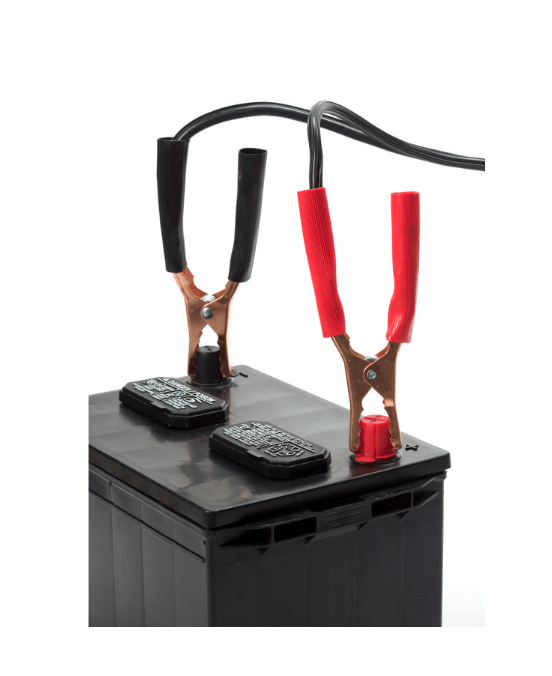
To properly charge an AGM battery, you will need the following tools:
AGM-compatible charger: Make sure the charger is specifically designed for AGM batteries and offers multi-stage charging functionality.
Digital Multimeter: A multimeter is used to measure the voltage of the battery and ensure that it is charging properly.
Safety Equipment: When handling any battery, it is essential to wear gloves and safety goggles to protect against possible acid leaks or electric shock.
Battery maintainer (optional): A battery maintainer is useful if you are storing the battery for long periods of time. It automatically monitors and maintains the battery at its optimal charge level.
Why Proper Charging Matters for AGM Batteries
- Maximizes Battery Life: Improper charging techniques, such as overcharging or undercharging, can shorten the battery’s lifespan.
- Prevents Damage: Overcharging or using an incorrect charger can lead to overheating, over-voltage, or even battery failure.
- Optimizes Performance: Proper charging ensures that the battery remains at its optimal capacity, providing consistent power when needed.
- Ensures Safety: Overcharging can cause excessive gas build-up within the sealed battery, which can lead to dangerous pressure levels.
Common Mistakes to Avoid When Charging AGM Batteries
- Overcharging: Never leave the charger connected indefinitely. Overcharging can cause the battery to overheat and degrade prematurely.
- Using an Incompatible Charger: Always use a charger designed for AGM batteries. Using the wrong type of charger can lead to overcharging or undercharging.
- Ignoring Temperature: Charging in extreme temperatures can affect the battery’s performance. Ideally, AGM batteries should be charged at room temperature.
AGM Battery Maintenance Tips
- Charge Regularly: Avoid letting your AGM battery sit in a discharged state for long periods. Always recharge it after use.
- Use a Battery Maintainer: If you’re storing the battery for an extended period, use a battery maintainer to keep it topped off.
- Keep Terminals Clean: Clean the battery terminals regularly to prevent corrosion, which can affect charging efficiency.
- Monitor Voltage: Use a digital multimeter to check the battery’s voltage periodically. A fully charged 12V AGM battery should have a voltage of about 12.7V to 13.0V.
AGM batteries are highly efficient, versatile and durable, but they require proper care and charging to maximize their lifespan and performance. By using the right charger, following proper charging procedures, and avoiding common mistakes, you can ensure that your AGM battery stays in top condition for years to come.
AGM Battery Charging FAQ
Can I use a regular charger to charge an AGM battery?
No, you should not use a regular charger designed for flooded lead-acid batteries. AGM batteries require a charger specifically designed for AGM or VRLA batteries. These chargers provide the proper voltage and charging profiles (multi-stage charging) to prevent overcharging or undercharging, which can damage the battery.
What charging voltage should I use for an AGM battery?
For a 12V AGM battery, the ideal charging voltage range is between 14.2V and 14.8V. The exact voltage can vary slightly depending on the manufacturer’s recommendations. Always follow the battery’s user manual or specifications for the best results.
Can I overcharge an AGM battery?
Yes, overcharging an AGM battery can cause severe damage, including overheating, internal pressure build-up, and reduced battery life. Always use a smart charger with an automatic shut-off or float mode to prevent overcharging.
How long does it take to charge an AGM battery?
The charging time depends on the battery’s capacity (measured in amp-hours or Ah) and the charger’s output. For example, a 100Ah AGM battery charged with a 10A charger typically takes about 10 to 12 hours to charge fully. A lower amperage charger will take longer, while a higher amperage charger will reduce the time
Is it safe to leave an AGM battery on a charger overnight?
Yes, if you’re using a smart charger with a float or maintenance mode, it’s generally safe to leave the battery on the charger overnight. These chargers stop the charging process once the battery is full and maintain a small current to keep the battery topped off without overcharging.
Can I charge multiple AGM batteries at the same time?
Yes, you can charge multiple AGM batteries simultaneously, but you must connect them properly. AGM batteries should be connected in parallel (positive to positive, negative to negative) when charging together, and the charger must have sufficient amperage to charge all batteries.



